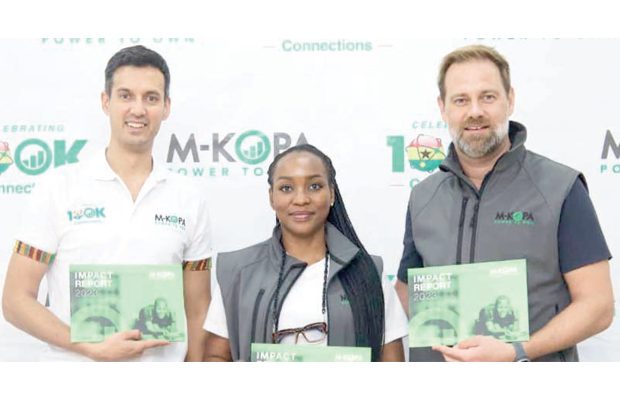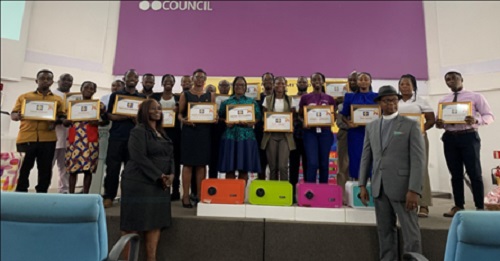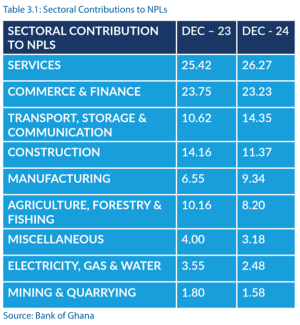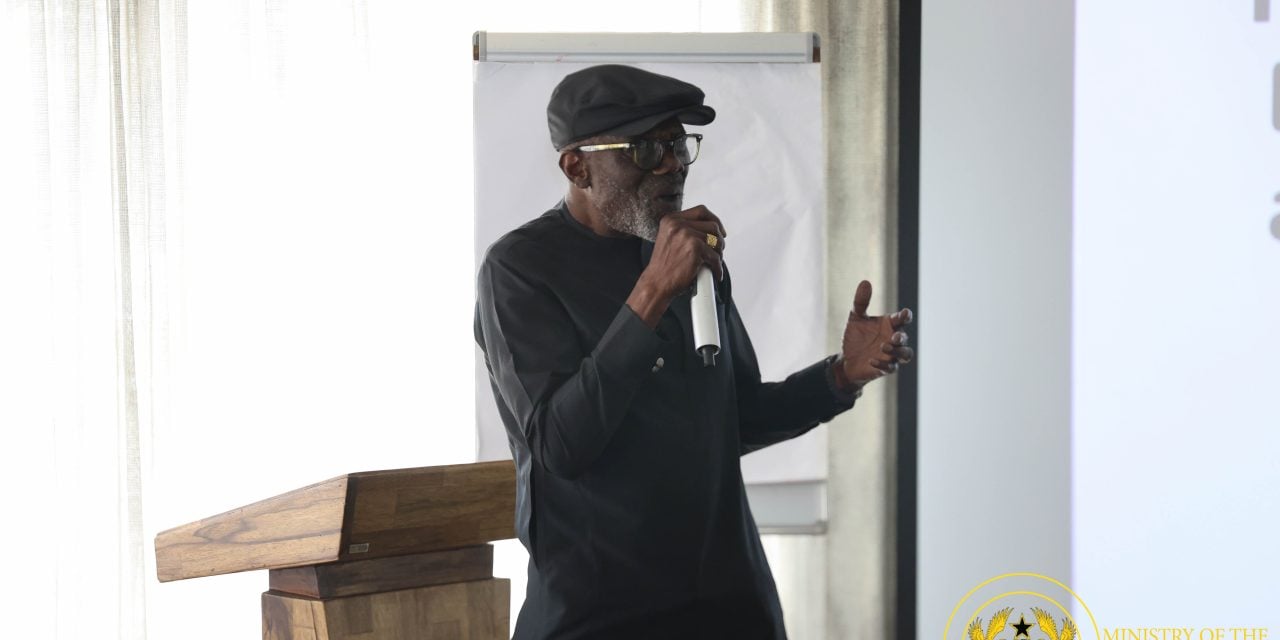
By J. N. Halm
Without the customer’s participation, can there ever be great customer service? Can the service provider or front-line employee do it all alone, without the customer playing a role in the process?
I very much doubt it, which is why I always find it intriguing that when it comes to serving customers, we put so much stress on the knowledge and skill level of the customer-facing employee, without ever considering the role the customer has to play.
True. The customer might not need to be as skilled as the employee. After all, it is not the customer’s job. However, the customer must still come into the interaction with something—in the very least, the customer must come with some level of enthusiasm to make the encounter a great experience for both.
Unfortunately, we are not in a perfect world, which is why if you were to walk into any establishment, you would notice something quite interesting. You would see that while some customers are eager to engage, suggest improvements, and collaborate with the business, others prefer to remain passive recipients of whatever service is offered.
The question is, “What makes one customer willing to co-create while another maintains a strict transactional relationship?” Is it merely due to the temperament of the customer in question?
These questions send my mind to an incident a couple of decades ago, while working in the bank. This incident happened during a period when the bank had to change its banking software. I observed two distinctly different customer responses to the new software’s rollout. There were those customers who were enthusiastically providing feedback to staff about the new software, suggesting improvements, and even helping other customers navigate the new platform. Meanwhile, there were those customers who seemed almost irritated by the staff’s request for their input, preferring to wait for the bank to finish whatever it was doing.
That stark contrast reminded me of something I learned years before in my business studies—that individual personality differences can significantly influence behaviour. However, what I learnt in my days manning the front desk of the bank was that when it comes to customer participation in the service process, it goes beyond simple temperaments or preferences. It was as if these two kinds of customers were wired differently when it came to their willingness to participate in the co-creation process.
Research published in the January 2023 Journal of Service Management has shed fascinating light on this very phenomenon. The study, which examined over 500 customers of technology-based healthcare services, used what psychologists call the Five-Factor Theory of personality to understand why some customers embrace co-creation opportunities while others avoid them entirely. The study was titled “I Am. Therefore, I Will? Predicting Customers’ Willingness to Co-Create Using Five-Factor Theory”.
For those unfamiliar with the Five-Factor Model, it represents what researchers consider the fundamental dimensions of human personality: Openness to Experience, Conscientiousness, Extraversion, Agreeableness, and Neuroticism. Think of these as the basic building blocks of how we interact with the world around us. Just as a master chef combines basic ingredients in different proportions to create unique flavours, our personalities represent unique combinations of these five fundamental traits.
What makes this research particularly intriguing is how it reveals that personality does not directly determine co-creation willingness in a simple, straightforward manner. Instead, our basic personality traits influence two crucial intermediate factors: our innate innovativeness and our level of enduring involvement with the service or product category.
Let me illustrate this with a practical example. Consider a customer with high openness to experience—someone naturally curious and willing to try new things. You might assume this person would automatically be willing to co-create. However, the research suggests the relationship is more nuanced. This person’s openness first influences their innate innovativeness—their general tendency to seek out and adopt new ideas. This innovativeness, in turn, affects their willingness to engage in co-creation activities.
Similarly, someone who scores high on conscientiousness—the trait associated with being organised, responsible, and goal-oriented—might develop strong enduring involvement with services they perceive as important to their goals. This deep involvement then translates into a willingness to invest time and energy in co-creation activities that could improve those services.
This finding has profound implications for how businesses approach customer engagement. Too often, I have observed companies taking a one-size-fits-all approach to co-creation initiatives. They launch platforms for customer feedback, create innovation labs, or establish user communities, then wonder why participation rates remain disappointingly low. The answer, it seems, lies not in the platforms themselves but in understanding the personality-driven pathways that lead customers to engagement.
The research reveals that effective co-creation strategies must account for these psychological pathways. For customers whose personality leads them to co-creation through innovativeness, businesses should emphasise the novelty and cutting-edge nature of collaboration opportunities. These customers are motivated by the chance to be part of something new and ground-breaking.
Conversely, customers whose path to co-creation runs through enduring involvement respond better to messages that emphasise the personal relevance and long-term benefits of participation. They want to understand how their collaboration will improve outcomes that matter to them personally.
I find it particularly interesting that this research was conducted in healthcare settings, where the stakes of service quality are often quite literally matters of life and death. In such contexts, understanding personality-driven motivation becomes even more critical. A patient’s willingness to provide feedback about a new telemedicine platform or participate in the design of a health monitoring app could significantly impact not just their own care but the care of future patients.

This insight extends far beyond healthcare, of course. In my consulting work, I have encountered similar patterns across industries. The software company that could not understand why its user community remained inactive despite offering attractive incentives. The restaurant chain puzzled by low response rates to their menu development surveys. The financial services firm struggling to engage customers in its digital banking improvement initiatives.
In each case, the missing piece was often a deep understanding of the personality-driven pathways that lead to customer engagement. Companies were designing co-creation opportunities based on what they thought should motivate customers, rather than understanding what actually does motivate different personality types.
The practical applications are numerous. Businesses could begin by conducting personality assessments—not invasive psychological testing, but simple preference surveys that help identify customer tendencies toward innovation-seeking or deep involvement. Based on these insights, they could tailor their co-creation invitations and design engagement opportunities that align with different personality pathways.
For instance, innovation-oriented customers might be invited to participate in beta testing programs, early access initiatives, or “lab” environments where they can experiment with new features. Meanwhile, involvement-oriented customers might be better engaged through advisory panels, detailed feedback sessions, or long-term partnership programs where they can see the direct impact of their contributions.
What I find most compelling about this research is how it validates something many of us have intuitively suspected: that successful business relationships, even in the age of digital transformation, ultimately come down to understanding human psychology. The most sophisticated co-creation platforms and the most generous incentive programs will fail if they do not account for the fundamental ways different personalities are motivated to engage.
As businesses increasingly recognise the value of customer co-creation—from product development to service improvement to innovation—understanding these personality-driven pathways becomes not just academically interesting but competitively essential. Companies that master this understanding will build deeper, more productive relationships with their customers, while those that ignore it will continue to puzzle over low engagement despite their best intentions.
The lesson for all of us in business is clear: before we ask “How can we get customers to co-create with us?” we must first ask “Why would different types of customers want to co-create with us?” The answer, as this research demonstrates, lies not in the features of our platforms or the attractiveness of our incentives, but in the complex interplay between personality, psychology, and human motivation.
In the end, successful co-creation is less about building the right systems and more about understanding the right people. And understanding people, as any seasoned business professional knows, begins with understanding that we are all wonderfully, complexly different in ways that matter far more than we might initially assume.

The post Co-creation and customer personality: Unlocking the secrets of customer collaboration appeared first on The Business & Financial Times.
Read Full Story


















Facebook
Twitter
Pinterest
Instagram
Google+
YouTube
LinkedIn
RSS